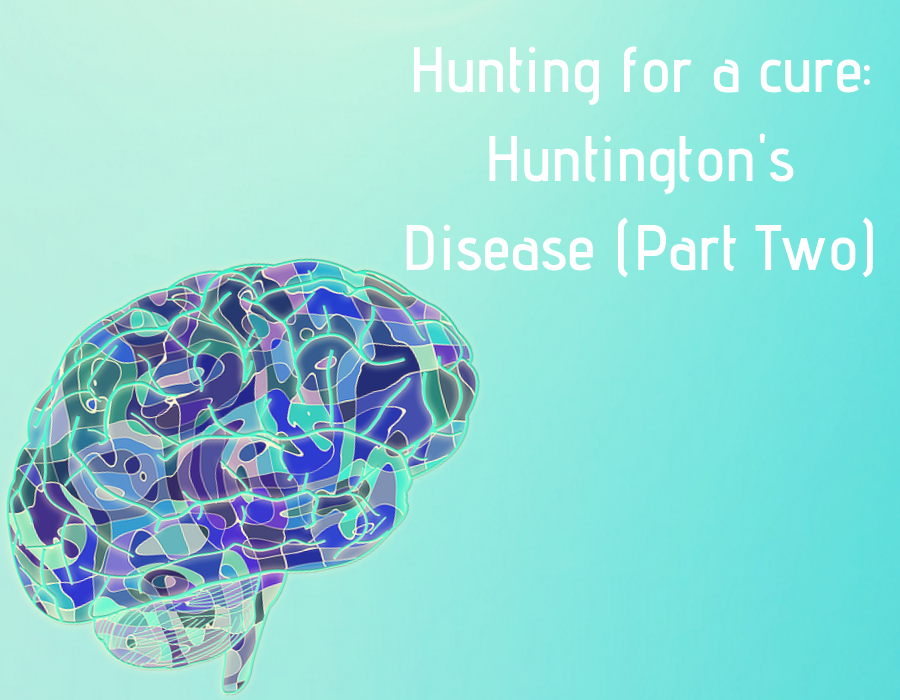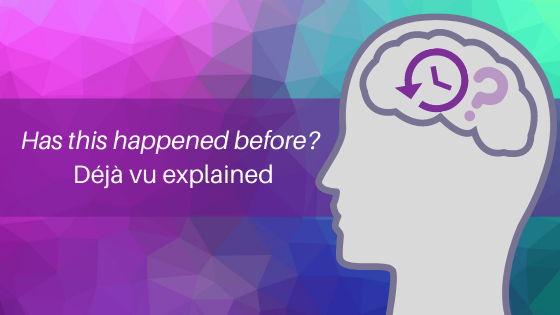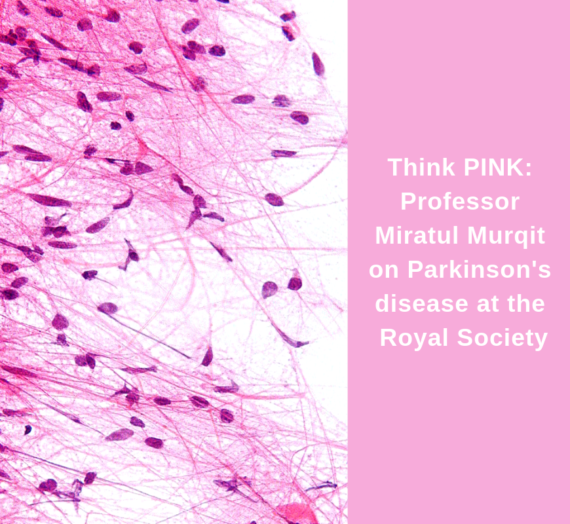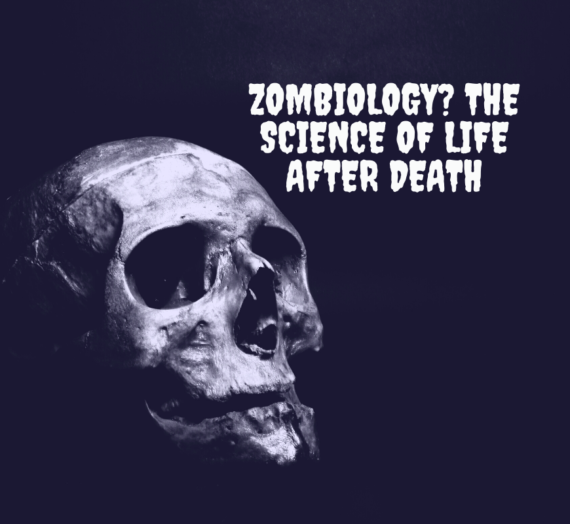The second instalment in our Huntington’s Disease (HD) special has arrived! If you haven’t already, check out part one here. In this edition, we take you through the differences between adult and juvenile HD, diagnosis, and the current research aiming to find cures.
Juvenile Huntington’s Disease
As mentioned earlier, there are two forms of HD, depending on when in a person’s lifetime symptoms begin to appear. When the disease develops before the age of 20, the condition is known as juvenile HD. The symptoms mentioned previously also apply to juvenile HD, but may differ in their progression to adult-onset HD.
The disease progresses at a much faster rate, often leading to mortality within just 10 to 15 years after first appearance of symptoms. There are various behavioural changes that occur within individuals also, such as problematic behaviour observed in schools and at home, impaired reasoning abilities, rapid and significant drops in academic performance as well as loss of previously acquired skills, both physical and mental.
Individuals may suffer from tremors or slight involuntary movements, as well as possible seizures occurring in around 30-50% of affected individuals. There can also be changes in fine motor skills, such as a noticeable change in handwriting. The muscles can also become rigid, affecting the individual’s posture/gait. This is most prominent in young children suffering from the disease.
Diagnosis
Neurological tests are the first port of call for clinicians who suspect a case of HD. These may involve a review of balance, reflexes, hearing and walking.

Imaging tests may also be carried out, such as a CT (computed tomography) scan, which may reveal shrinkages of regions of the brain, or enlargement of brain ventricles, both of which are symptoms of HD, but their presence alone is not enough to confirm a diagnosis. On the other hand, a person may have HD, but may not show any such symptoms in scans.
There are many different genetic tests available to determine the presence of the mutant HTT gene. As mentioned in part one, faulty copies of the gene contain several CAG repeats, hence, DNA from a patient can be tested to determine the number of these segments present in their HTT gene, with 36 or more repeats indivative of HD.
At-risk individuals can meet with a genetic counsellor to discuss the potential risks of positive test results. Couples with a family history of HD may be, understandably, concerned about passing on the faulty gene onto future offspring and may consider various family planning options. They may opt for IVF (in-vitro fertilisation) using donor sperm or eggs, as well as undergoing pre-natal testing/pre-implantation genetic diagnosis to check for the mutated HTT gene. This is done by removing the eggs from the ovaries and fertilising it with a sperm outside, in a laboratory setting. The resulting embryos are then tested for the presence of the HD gene. The embryo testing negative for the presence of the gene is them implanted back into the mother’s uterus and pregnancy continues as per usual.
Treatment
Some drugs are available for the management of symptoms, such as tetrabenazine, which is used to treat the chorea (involuntary movement) associated with the disease. Antidepressants and anti-psychotic drugs may also be required to mitigate the psychiatric aspects of HD.
Unfortunately, there is currently no cure for HD, but searching for potential treatments is an active area of research. In December 2017, researchers from UCL produced promising results in a novel drug trial which was found to reduce levels of mutant huntingtin protein in the brain.

Earlier this year, uniQure received approval for a gene-therapy trial, using attenuated virus vectors to reduce huntingtin levels.
Whilst a cure is still to be found, with so much research into potential therapies currently being carried out worldwide, there is still hope for HD sufferers.




